Three things we expect to see at OpenAI’s GPT-5 reveal event
Improved code generation and streamlined model offerings are core concerns for OpenAI

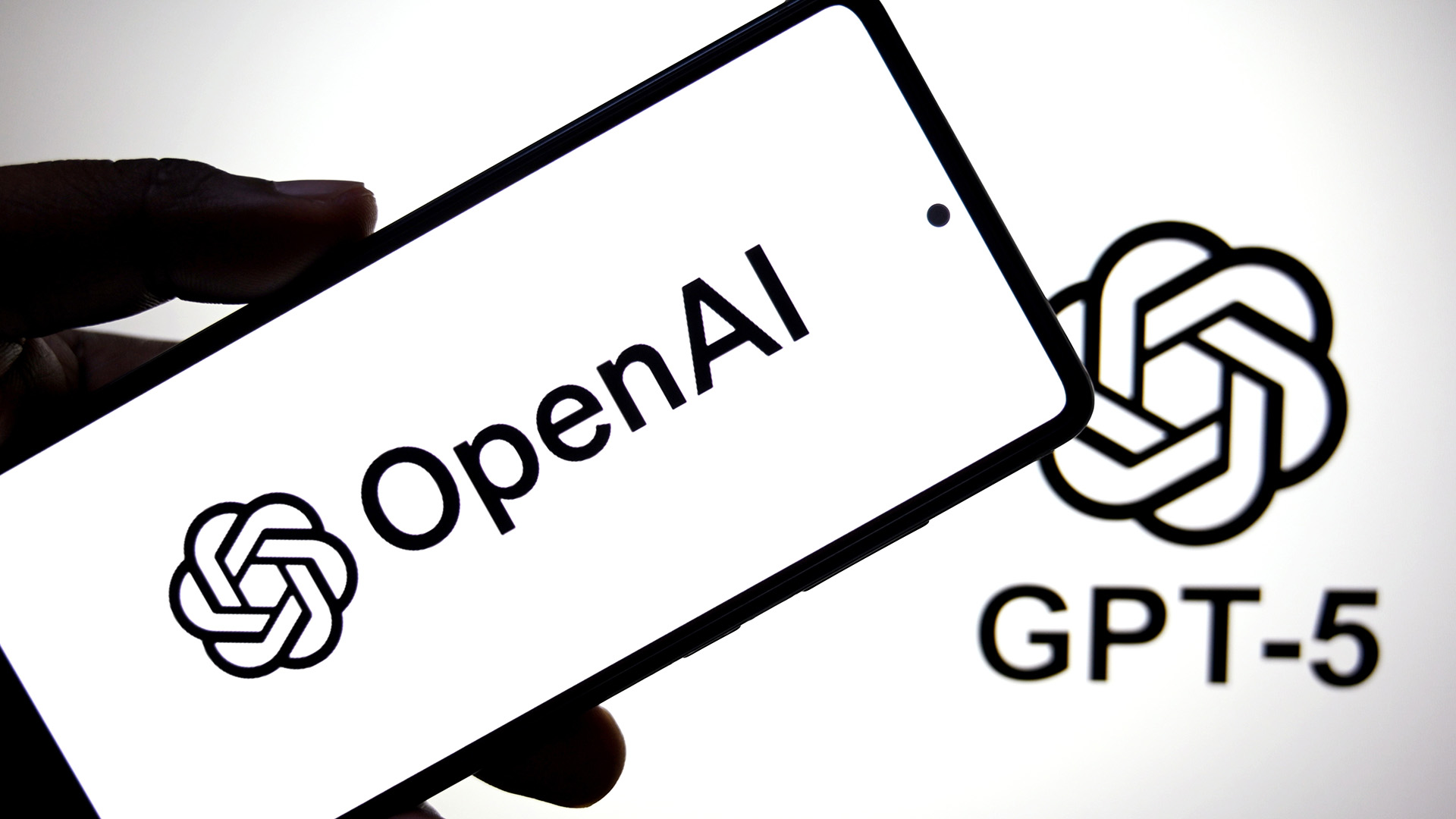
OpenAI is set to launch its most powerful model, GPT-5, amid fevered speculation over the improvements the new model will bring to the market-leading AI firm.
The first look at the model is widely expected to happen during a livestream planned for 10am PT on 7 August, as announced by OpenAI on X.
It’s safe to say the firm has a lot to live up to. It’s been over two years since OpenAI released GPT-4, having spent the intervening years publicly hyping its moves toward more sophisticated ‘reasoning’ AI models, and users will be expecting a generational leap over current options.
Its 2025 roadmap, as laid out by CEO Sam Altman in a February post on X, was centered around two models. GPT-4.5, the firm’s last model not capable of reasoning, and GPT-5.
GPT-4.5 proved something of a disappointment. Altman dubbed it a “giant, expensive model” and with the subsequent launch of GPT-4.1, which offered a similar performance at a lower price, the firm ultimately chose to deprecate the model just a few months after its debut.
As a true next-generation model, GPT-5 is expected to fare far better. But with OpenAI aiming to live up to sky-high user expectations – and justify its eyewatering valuation – it will be looking to not just deliver improvements, but shoot ahead of competitor models.
Hype notwithstanding, here are the top three features and changes to look out for with GPT-5.
Sign up today and you will receive a free copy of our Future Focus 2025 report - the leading guidance on AI, cybersecurity and other IT challenges as per 700+ senior executives
GPT-5 marks a new beginning
GPT-5 is more or less guaranteed to usher in an entire family of models, with sister models named GPT-5 mini and GPT-5 nano, in the same way that GPT-4.1 was announced alongside GPT-4.1 mini and GPT-4.1 nano.
These will likely be used for lightweight tasks and cost less per token, balancing performance against overhead depending on user demand.
The idea of more than one model being announced in the livestream is supported by a post Altman made on X on 6 August.
“Our livestream tomorrow at 10 am PDT will be longer than usual, around an hour,” he wrote, adding: “we have a lot to show and hope you can find the time to watch!”.
Assuming a full GPT-5 model family is revealed, OpenAI will have to clearly explain the pros and cons of the models compared to other popular options such as o4-mini and GPT-4.1.
Alternatively, OpenAI might have bigger plans in mind. Altman has repeatedly referenced his desire to overhaul the OpenAI model naming conventions – o4 and 4o are different models, for example – and even said the firm would aim to do so during the summer.
how about we fix our model naming by this summer and everyone gets a few more months to make fun of us (which we very much deserve) until then?April 14, 2025
In the aforementioned 2025 roadmap, Altman also explained that GPT-5 would absorb and replace the features of AI ‘reasoning’ models such as o3.
All of this could mean the GPT-5 livestream will be an opportunity for OpenAI to reintroduce the world to its models, with a streamlined model roster.
This also lines up with Altman’s claim in the roadmap that ChatGPT Pro and Plus subscribers would have access to more advanced GPT-5 features – higher ‘intelligence’ settings for GPT-5 could help use complex model capabilities without having to juggle multiple models, for example.
Of course, the company will still need to explain how the GPT-5 family compares to its new open weight models, gpt-oss-120b and gpt-oss-20b.
The larger of the two models offers similar performance to o4-mini at no up-front cost, so one would expect GPT-5 mini to be a cut above.
Agentic coding capabilities
OpenAI knows it has competition from the likes of Anthropic and Google when it comes to AI coding capabilities.
Claude 4.1, Anthropic’s latest offering, was specifically designed to achieve higher scores on popular coding tests than OpenAI’s offerings, scoring 74.5% on the Python troubleshooting benchmark, SWE-bench Verified, versus o3’s 69.1%.
While this is impressive for manually generating code, the real prize developers are targeting is ‘agentic coding’ – in which an AI model can collaborate with developers in real-time and even complete coding tasks
As developers get more concerned over the potential risks of AI-generated code, with even leading models baking vulnerabilities into code, there’s a gap in the market for a provider that can deliver a far more reliable model for coding.
GPT-5 could step into this gap if it can handle tasks more autonomously and with a greater deal of sophistication. The issue isn’t so much that current generation models can’t generate code, but that they’re inflexible when it comes to specific demands or lack context windows large enough to take a user’s entire codebase into consideration when generating new code.
With all this in mind, there’s every reason to expect OpenAI to hype GPT-5 as the ‘intelligent’ AI model for coding and to emphasize its potential for powering AI coding agents.
If it’s priced competitively, GPT-5 and its smaller siblings could also prove a great asset for developers who access their AI models directly within their IDE or via API.
OpenAI’s gambit to acquire the AI code editor Windsurf fell through in July – it’s possible this was intended as the go-to delivery platform for GPT-5. If so, OpenAI will have to look for alternative delivery routes for its latest model, and regardless will have to spell it out clearly in the livestream.
Don’t expect a generational leap
Above all else, it’s best to temper expectations ahead of GPT-5. OpenAI has repeatedly delayed the release of the model, reportedly buying time to expand its Azure server capacity to meet user demand.
This, combined with the massive push OpenAI is on to expand its compute infrastructure – including its $30 billion Oracle cloud deal and gargantuan Stargate Norway project – hint that GPT-5 is just another rung on the ladder to the kind of AI sophistication OpenAI wants to deliver.
Those expecting the leap from GPT-4 to GPT-5 to be anywhere near the performance jump we saw between GPT-3 and GPT-4 could be left wanting.
The AI landscape is unrecognizable from what it was in 2022 and 2023, with Google and Anthropic having largely caught up and even exceeded OpenAI’s performance across several key metrics.
It’s worth mentioning that this move toward a level playing field also applies to the negatives of generative AI, with all developers still held back by technical flaws such as hallucinations. While GPT-5 is likely to show some improvement over its predecessors in this regard, don’t expect it to be perfect.
Make sure to follow ITPro on Google News to keep tabs on all our latest news, analysis, and reviews.
MORE FROM ITPRO

Rory Bathgate is Features and Multimedia Editor at ITPro, overseeing all in-depth content and case studies. He can also be found co-hosting the ITPro Podcast with Jane McCallion, swapping a keyboard for a microphone to discuss the latest learnings with thought leaders from across the tech sector.
In his free time, Rory enjoys photography, video editing, and good science fiction. After graduating from the University of Kent with a BA in English and American Literature, Rory undertook an MA in Eighteenth-Century Studies at King’s College London. He joined ITPro in 2022 as a graduate, following four years in student journalism. You can contact Rory at rory.bathgate@futurenet.com or on LinkedIn.
-
 OpenAI's 'Skills in Codex' service aims to supercharge agent efficiency for developers
OpenAI's 'Skills in Codex' service aims to supercharge agent efficiency for developersNews The Skills in Codex service will provide users with a package of handy instructions and scripts to tweak and fine-tune agents for specific tasks.
-
 Cloud infrastructure spending hit $102.6 billion in Q3 2025
Cloud infrastructure spending hit $102.6 billion in Q3 2025News Hyperscalers are increasingly offering platform-level capabilities that support multi-model deployment and the reliable operation of AI agents
-
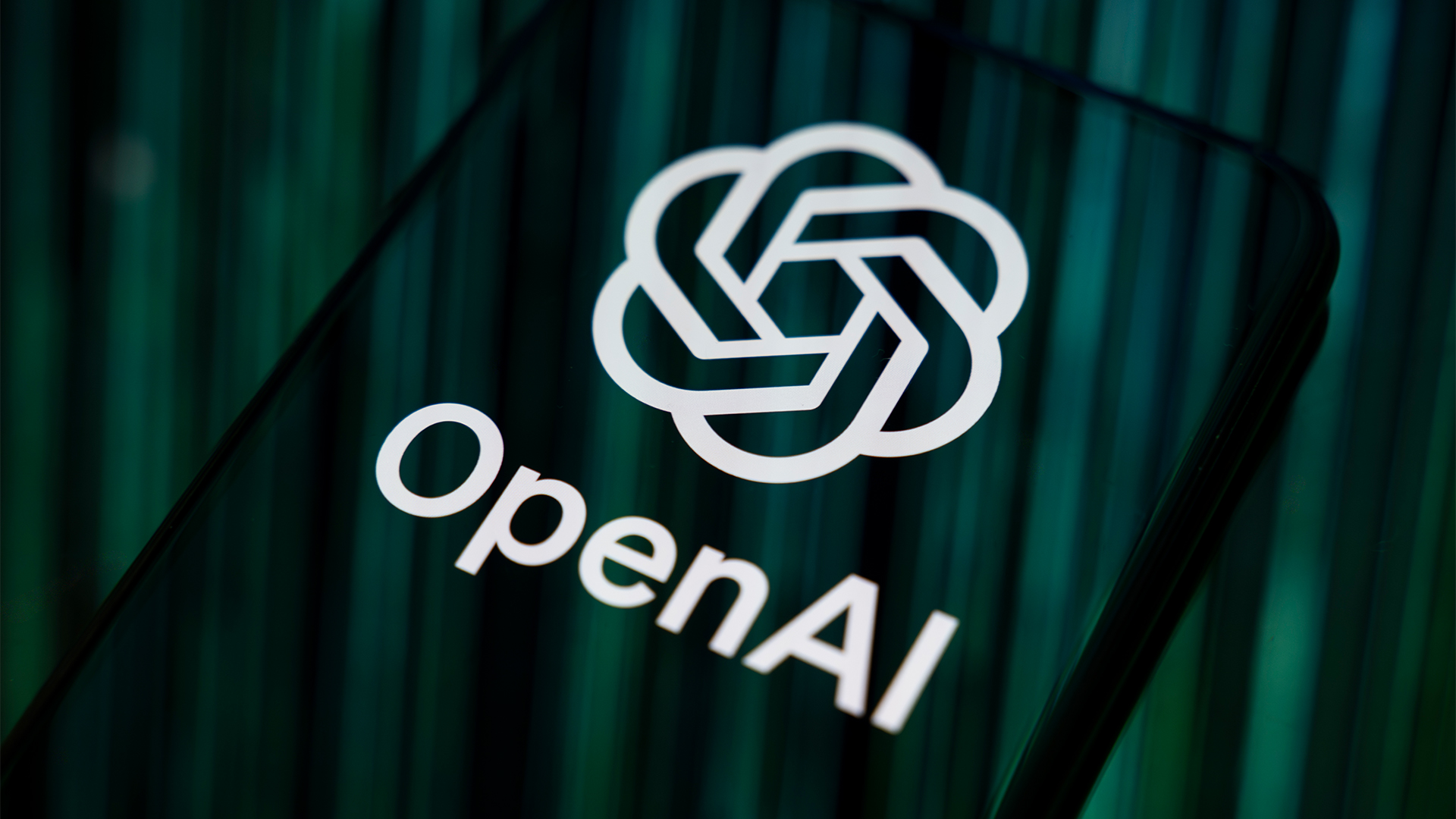 OpenAI says GPT-5.2-Codex is its ‘most advanced agentic coding model yet’ – here’s what developers and cyber teams can expect
OpenAI says GPT-5.2-Codex is its ‘most advanced agentic coding model yet’ – here’s what developers and cyber teams can expectNews GPT-5.2 Codex is available immediately for paid ChatGPT users and API access will be rolled out in “coming weeks”
-
 OpenAI turns to red teamers to prevent malicious ChatGPT use as company warns future models could pose 'high' security risk
OpenAI turns to red teamers to prevent malicious ChatGPT use as company warns future models could pose 'high' security riskNews The ChatGPT maker wants to keep defenders ahead of attackers when it comes to AI security tools
-
 Some of the most popular open weight AI models show ‘profound susceptibility’ to jailbreak techniques
Some of the most popular open weight AI models show ‘profound susceptibility’ to jailbreak techniquesNews Open weight AI models from Meta, OpenAI, Google, and Mistral all showed serious flaws
-
 'It's slop': OpenAI co-founder Andrej Karpathy pours cold water on agentic AI hype – so your jobs are safe, at least for now
'It's slop': OpenAI co-founder Andrej Karpathy pours cold water on agentic AI hype – so your jobs are safe, at least for nowNews Despite the hype surrounding agentic AI, OpenAI co-founder Andrej Karpathy isn't convinced and says there's still a long way to go until the tech delivers real benefits.
-
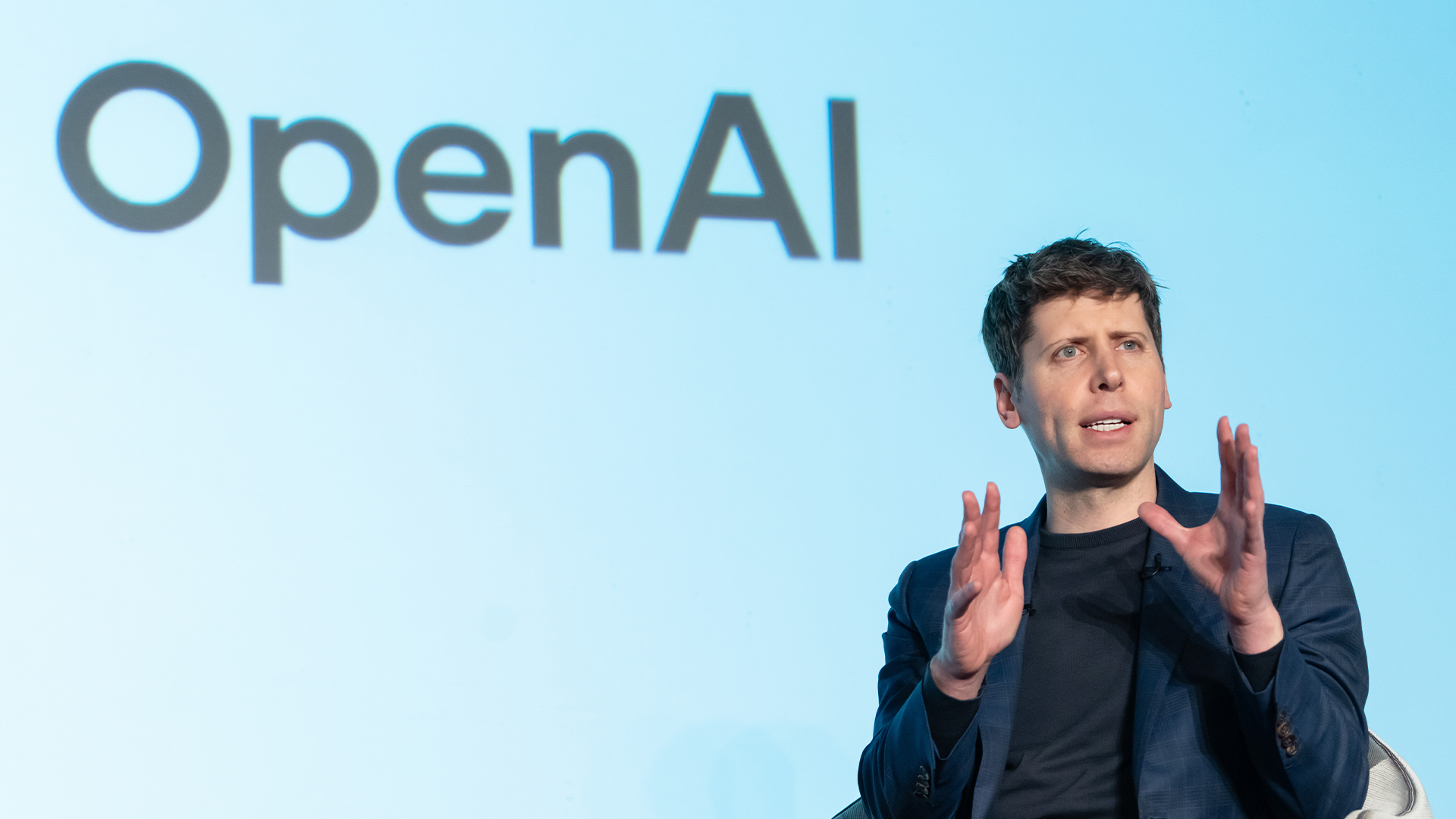 OpenAI signs another chip deal, this time with AMD
OpenAI signs another chip deal, this time with AMDnews AMD deal is worth billions, and follows a similar partnership with Nvidia last month
-
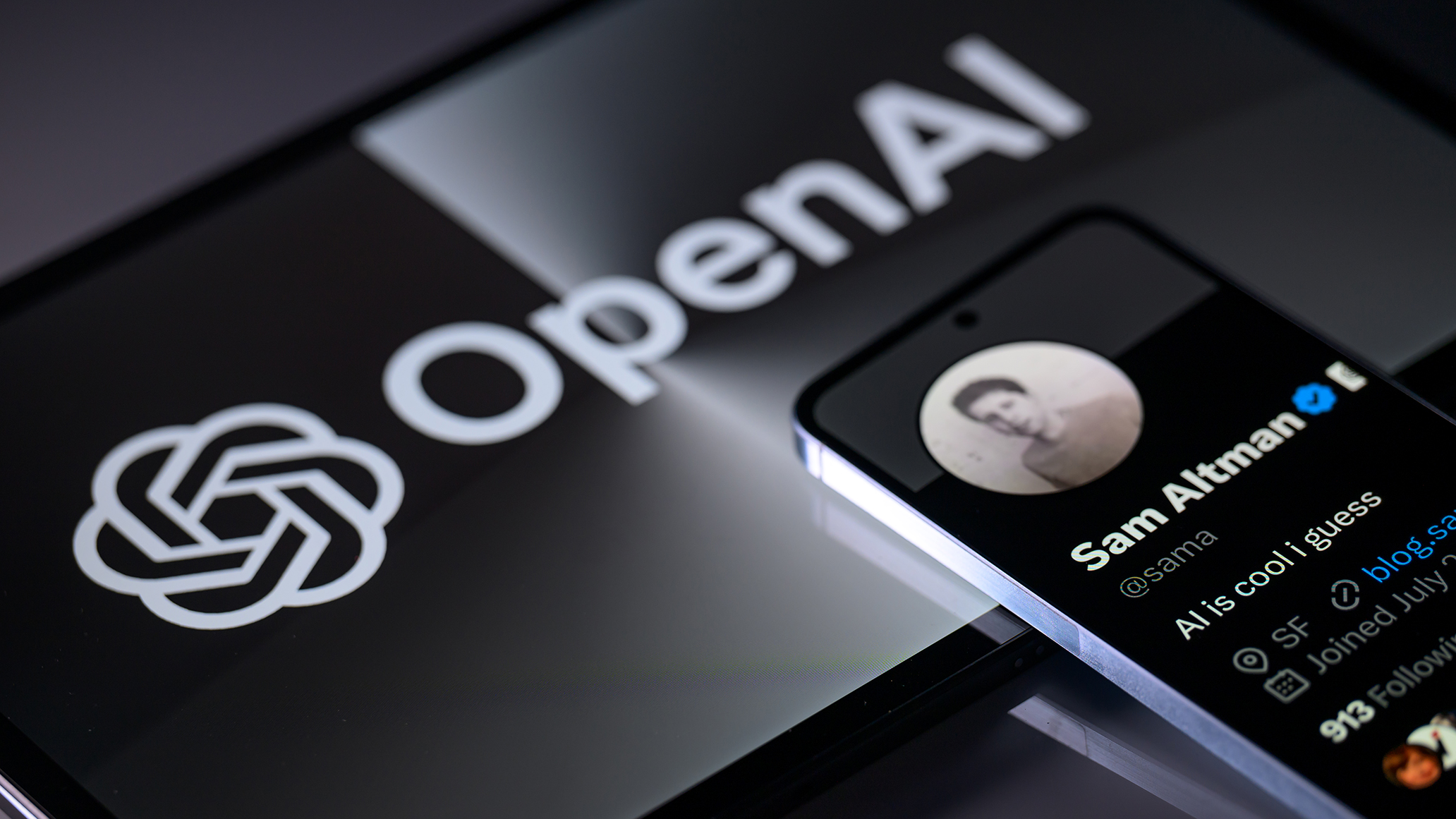 OpenAI signs series of AI data center deals with Samsung
OpenAI signs series of AI data center deals with SamsungNews As part of its Stargate initiative, the firm plans to ramp up its chip purchases and build new data centers in Korea
-
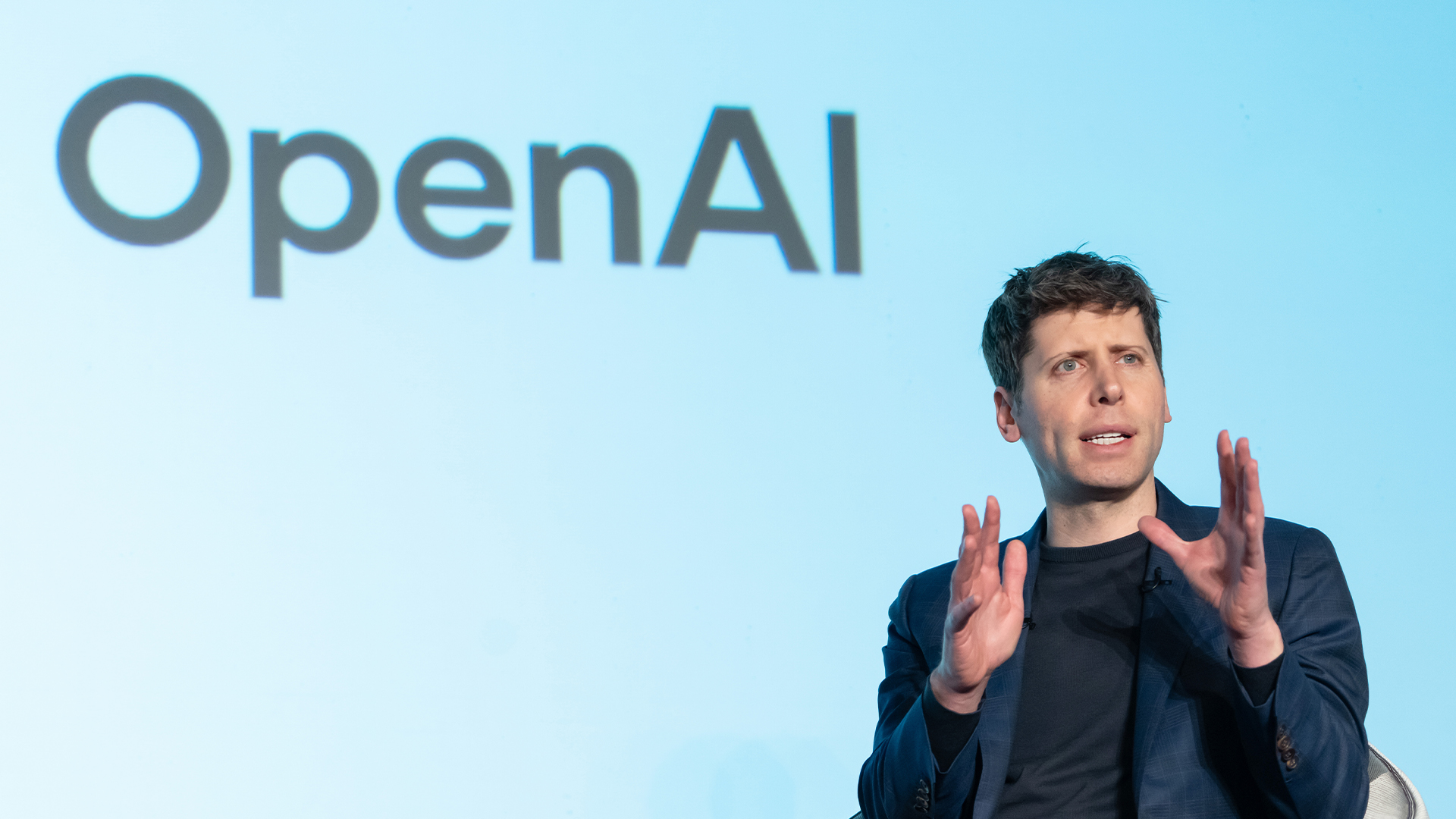 Why Nvidia’s $100 billion deal with OpenAI is a win-win for both companies
Why Nvidia’s $100 billion deal with OpenAI is a win-win for both companiesNews OpenAI will use Nvidia chips to build massive systems to train AI
-
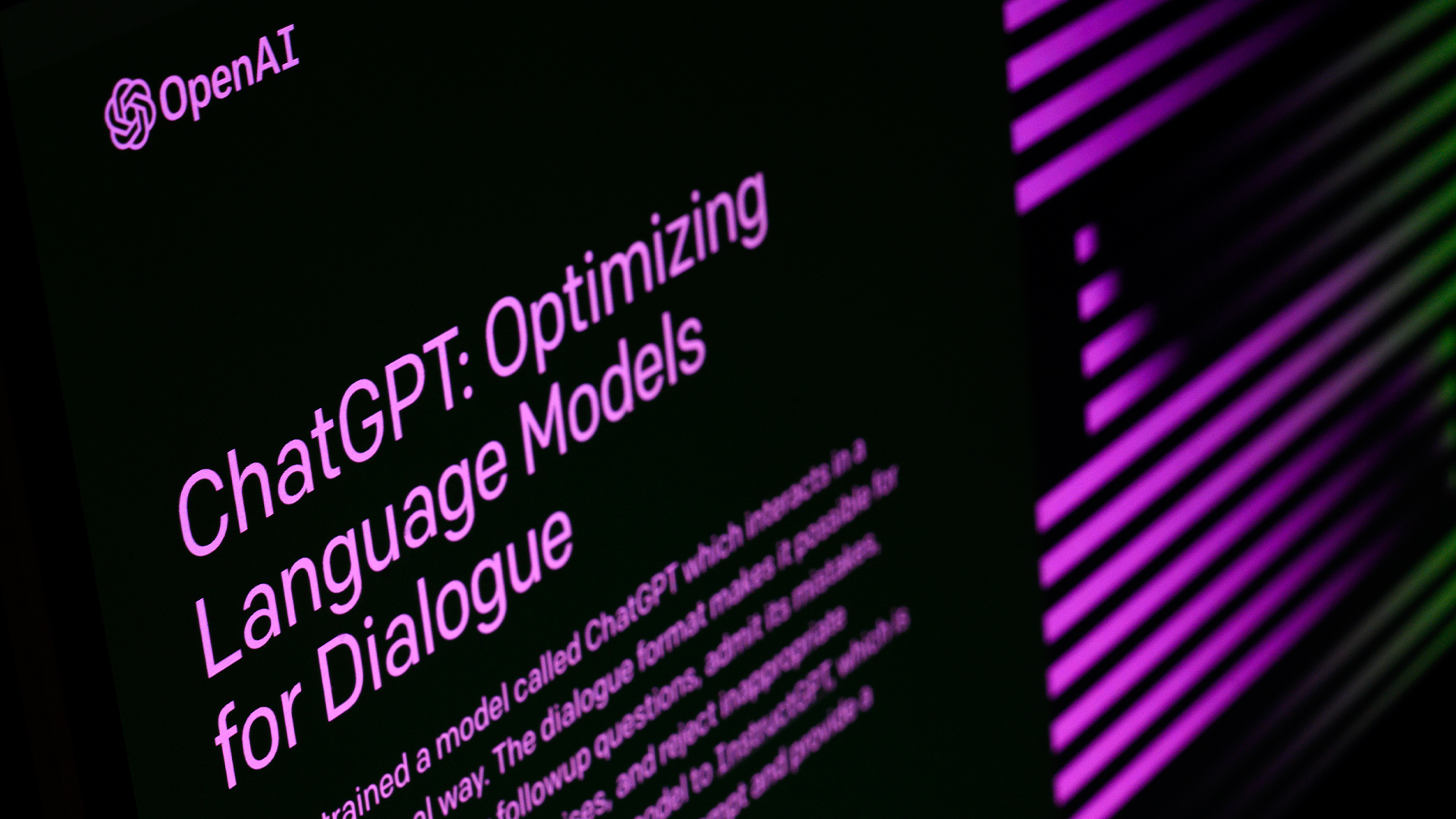 OpenAI just revealed what people really use ChatGPT for – and 70% of queries have nothing to do with work
OpenAI just revealed what people really use ChatGPT for – and 70% of queries have nothing to do with workNews More than 70% of ChatGPT queries have nothing to do with work, but are personal questions or requests for help with writing.